Results
-
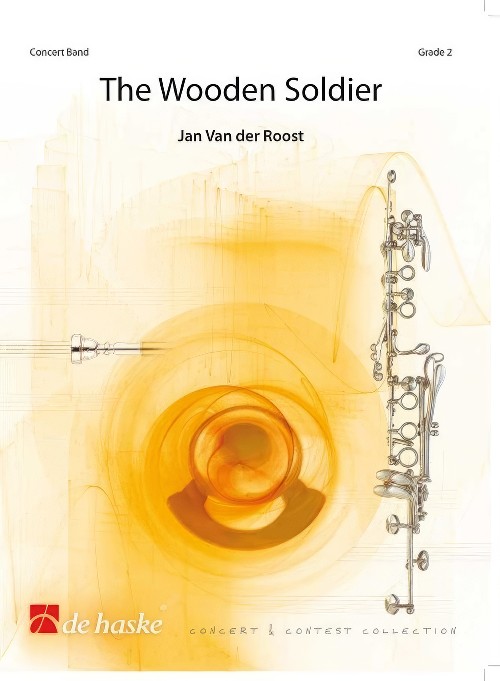 £84.99
£84.99The Wooden Soldier (Concert Band - Score and Parts) - Van der Roost, Jan
The Wooden Soldier is a short and simple piece commissioned by the Singapore Ministry of Education. It was originally intended as a compulsory piece for the 2012 Singapore Youth Festival. Because many school bands in Singapore are incomplete, the composer was specifically asked to create a work that could equally be played by a limited ensemble - which explains various doubled and optional parts.Duration: 4:30
Estimated dispatch 7-14 working days
-
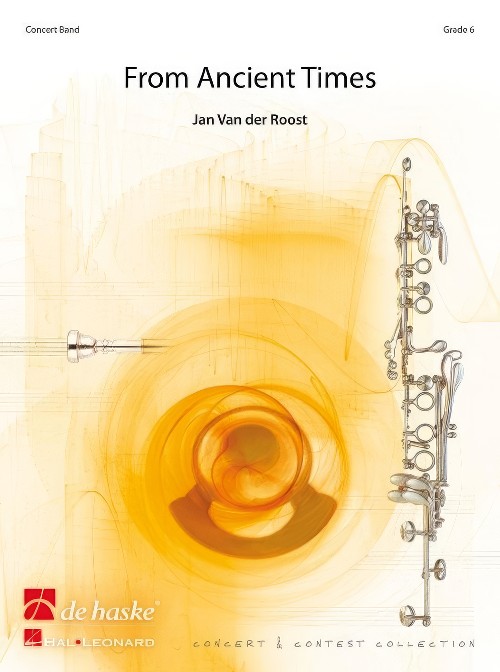 £289.99
£289.99From Ancient Times (Concert Band - Score and Parts) - Van der Roost, Jan
From Ancient Times is a major work for brass band, inspired largely by the music of the Franco-Flemish School of the Renaissance. Hints of Gregorian chant and middle age dances pay tribute to music from even earlier times. The foundation of this spectacular work rests on truly 'ancient times' while the tonal language is of a much more modern nature!Duration: 18:30
Estimated dispatch 7-14 working days
-
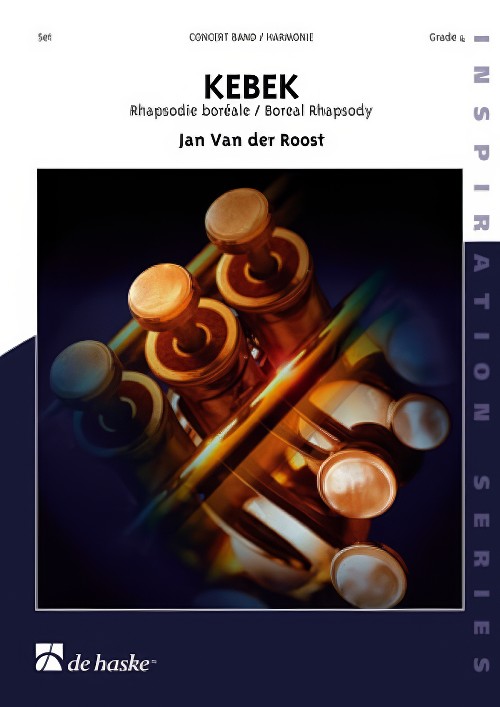 £159.99
£159.99Kebek (Concert Band - Score and Parts) - Van der Roost, Jan
This rhapsody reflects the four seasons combined with the natural scenery that characterises the city of Quebec and its surrounding region. Autumn is depicted with hunting horns playing in the forest, followed by a pastoral melody, principally in the woodwinds. Winter in the mountains is poetic and romantic. Spring arrives with a frolicsome and playful theme mirroring the start of new life. Soon everything flowers lushly, and the music swells into the full sounding energy of summer, bringing the work to a brilliant and dynamic close. A great work for any time of year.Duration: 14:30
Estimated dispatch 7-14 working days
-
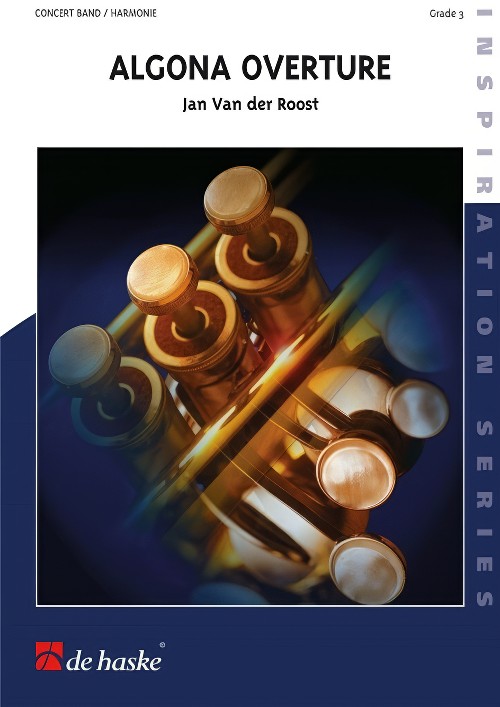 £154.99
£154.99Algona Overture (Concert Band - Score and Parts) - Van der Roost, Jan
This piece is dedicated to all the citizens who live, have lived, and will live in the US town of Algona, who commissioned the work to celebrate it's 150th anniversary. With dark-tinted tones (low drums, heavy brass), this overture begins with a primitive sacred feel, it seems as if centuries-old Indian singing is heard once more. Gradually the sound becomes clearer and brighter as the same theme travels throughout the band in various guises and variants. Imposing tutti passages then give the band the chance to lavishly shine. This bright and catchy overture radiates spontaneous energy and as it features every section of the band all the players as well as the listeners are continually surprised and captivated.Duration: 9:00
Estimated dispatch 7-14 working days
-
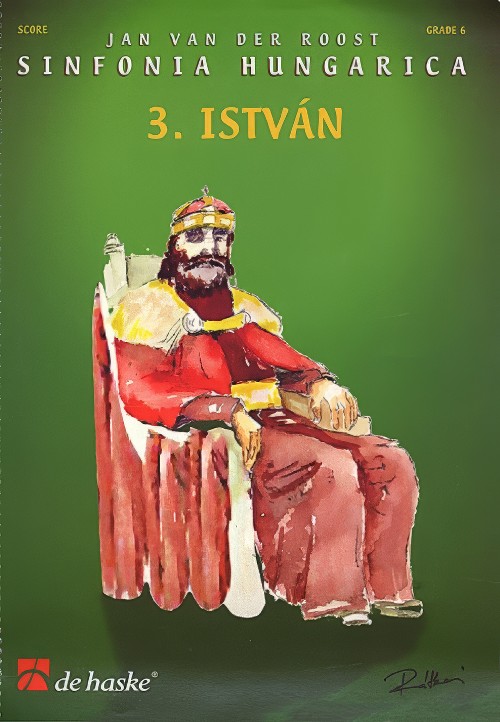 £239.99
£239.99Istvan (Part 3 from Sinfonia Hungarica) (Concert Band - Score and Parts) - Van der Roost, Jan
Sinfonia Hungarica is a three-movement symphony that depicts the history of Hungary. All three movements were inspired by historical key figures, wars, and other important events from this country. This symphony is a celebration of Hungary's millennium in 2001.The final movement is named after Istvan, the King who introduced Christianity into Hungary and who was crowned by Pope Silvestro II on January 1, 1001. A rather solemn start leads to another war-like passage, ending with some loud crashes. This symbolizes the fact that the body of the pagan Koppany was cut into four pieces, and sent to the four castles of the country as an example. After a quiet, almost religious intermezzo, the National Hymn of Hungary is introduced. This broad "grandioso" ending also has a symbolic meaning: after ten centuries, Hungary has many reasons to look back on the past with pride, and to look forward to the future with optimism and confidence.Duration: 14:30
Estimated dispatch 7-14 working days
-
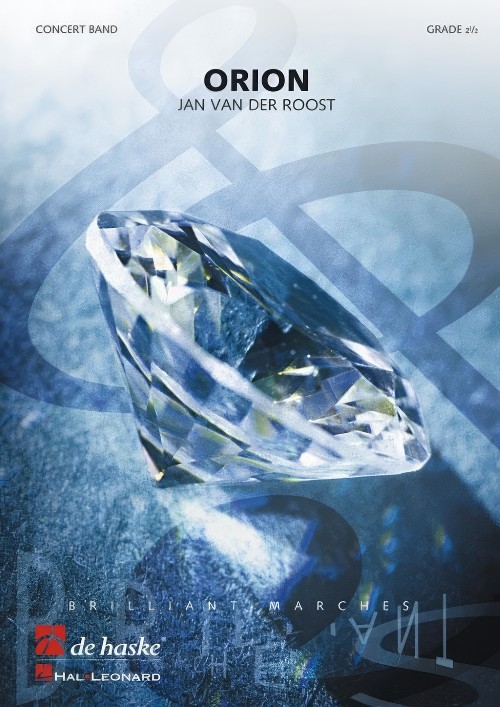 £94.99
£94.99Orion (Concert Band - Score and Parts) - Van der Roost, Jan
There are all sorts of marches: fast and slow, solemn and energetic, military and civil, procession and funeral. Orion is a so-called 'slow march'. However the moderate tempo does not make a passive or heavy impression. On the contrary, this march contains natural optimism and spontaneity. The persistant 'pulse' gives this majestic march a noble character.Duration: 4:00
Estimated dispatch 7-14 working days
-
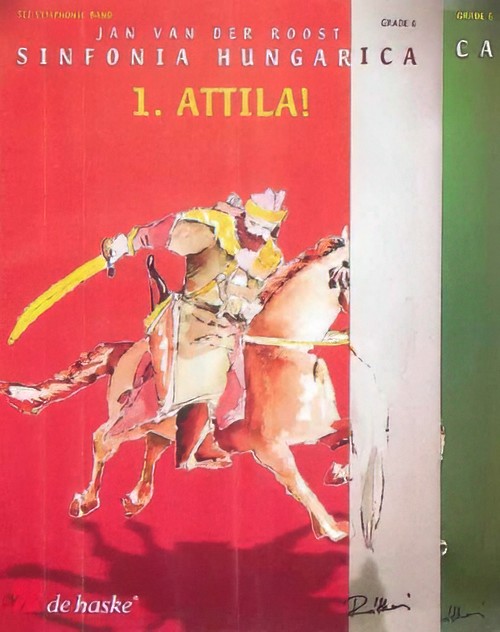 £551.99
£551.99Sinfonia Hungarica (Concert Band - Score and Parts) - Van der Roost, Jan
This three-movement symphony musically depicts the history of Hungary. Key historical figures, wars and other important events from this country inspired all three movements. The first movement depicts Atilla, the King of the Huns, and is characterised by fear, threat and aggression. The second movement focuses on Arpad, the founder of the Hungarian State and the final movement is named after Istvan, the King who introduced Christianity into Hungary. The beautiful theme of the national hymn appears throughout the symphony, however it is often partially hidden. It is used as a "thread," hardly recognizable at the beginning, becoming more and more obvious near the end and it concludes the symphony as the "final apotheosis," making the band sound like a majestic living organ.Duration: 12:45
Estimated dispatch 7-14 working days
-
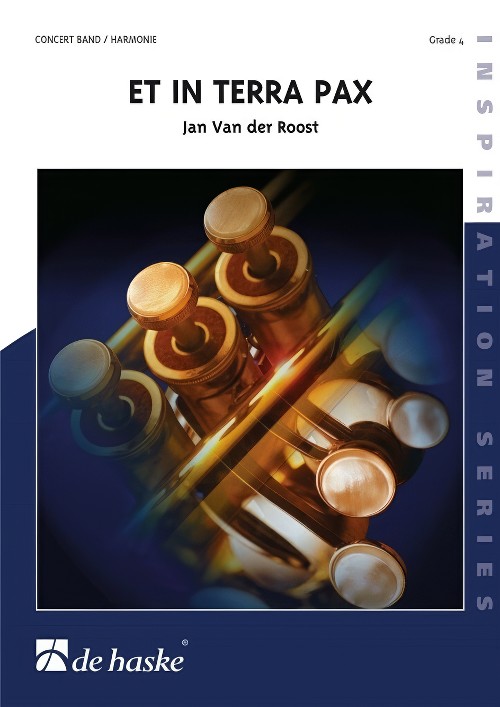 £174.99
£174.99Et in terra Pax (Concert Band - Score and Parts) - Van der Roost, Jan
This piece was commissioned by the Concert Band Vlamertinge and is a plea for peace: the title translates as Peace on Earth. This is expressed by means of the vocal contribution expected from the performers. In various places of the piece you can recognize, the words Et In Terra Pax, an appeal for peace, at first jumbled together but later more rhythmically structured, developing into synchronized massed voices. The work starts with a pentatonic theme based on the notes D, E, G, A and C (taken from 'ConCErtbAnD VlAmErtinGE' and the name of the conductor, NiCk VAnDEnDriessChe). A somewhat sad melody is developed during an orchestral climax which leads to the first explosion of sound (measure 62 onwards). Suddenly the opening measures are recaptured, albeit with a differently coloured sound: the words Et in Terra Pax bring the first movement to a close. A restless Allegro follows which abruptly stops and is replaced by a calming chorale-like passage. A narrator reads aloud the poem 'Sonnet' by the young poet Charles Hamilton Sorley, who was killed during World War I. This poem fittingly puts into words the cruelty and senselessness of war. After the expanded recapitulation of the allegro, the broad, almost infinite atmosphere of the beginning returns. Clarinet and English horn play the pentatonic opening theme once more, this time broadly, while the words Et in Terra Pax are repeated again and again by the rest of the ensemble. The composer has purposely avoided all forms of aggression and bombastic sounds regularly used in works about war. Fear of violence and destruction can be heard and felt during the allegro passages. The charged opening makes way in the end for hope: May peacefulness replace cruelty in everyday life, too.Duration: 13:45
Estimated dispatch 7-14 working days
-
 £264.99
£264.99Rhapsody (Horn Solo with Concert Band - Score and Parts) - Van der Roost, Jan
Duration: 13.00
Estimated dispatch 7-14 working days
-
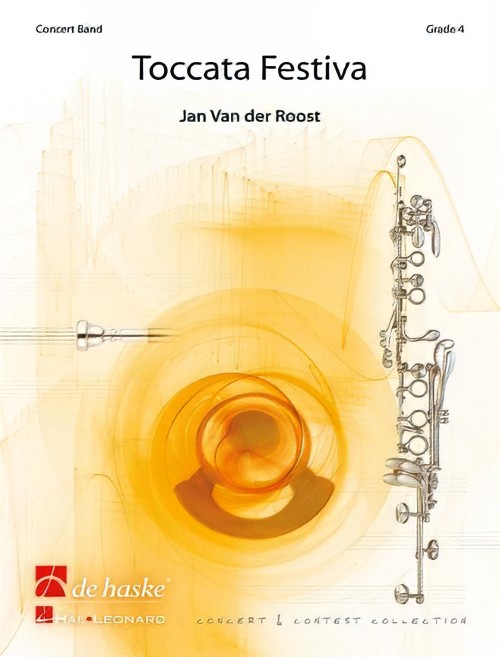 £174.99
£174.99Toccata Festiva (Concert Band - Score and Parts) - Van der Roost, Jan
Toccata Festiva was commissioned in 1994 by the Dutch Brass Band Championships. The wind band version was made a year later by the composer himself. Historically speaking, the toccata is considered to be one of the first independent instrumental forms for keyboard instruments. Originally the toccata was typically more or less improvised, later this musical form was given a more regulated structure. Both elements are used in the Toccata Festiva: on the one hand the different themes are developed freely, on the other, the piece has an orderly structure. It is in a three part form (quick-slow-quick) and includes both strong rhythmical figures and broad melodic lines. Part of the composition is written in a more or less archaic tone idiom, referring to the period from which the toccata form originates (16th century).Duration: 13:30
Estimated dispatch 7-14 working days
